Fidelitas Blind Tasting
During my visit to Tri-Cities this past weekend I was able to listen in on some blind tasting by the Fidélitas winemaking team. My previous experiences in “blind tasting” have been at dinner parties when each person brings a bottle to share or tasting a couple different combinations of varietals in the blending process. Our winemakers, however, were taking it to a completely different level.
Charlie, Hillary, and Mitch were sitting at the end of the long conference room table (it’s this type of business meeting that makes me excited to become a winemaker) with what seemed like 100 sample bottles in front of them, tasting 3-4 wines at a time, sitting in silence taking notes, swirling, spitting, then discussing their notes after each set. Once that was done, another set was sampled and the process was repeated – a testament to how a winemakers pallete must be built-up and trained over time. What they were doing was scientific and fascinating.
As a wine fan we all hear stories of consumers doing blind tastings and them rating a wine higher after the person running the study tells them it’s more expensive (even though it’s boxed wine) or even characterizing a white wine that has been died red with your typical red-wine descriptors. The point is that the human brain plays tricks on your taste buds which is why blind tasting is so important. A winemaker might love a certain barrel type or think that a certain fermentation method produces much higher quality, but can they really make that assessment fairly if they never taste it blindly? Pulling a barrel sample from their favorite barrel that was ferment in their favorite oak tank they are already gearing up to love the wine and even the most honest winemaker can’t be trusted to give their true opinion in that moment.
So back to our winemakers: they were going through and tasting barrel samples of a specific wine (our 2016’s in this case) pulled from a neutral barrel, and 2-3 other new barrel types to see what effects they were having on the wines at about the midpoint of the barrel-aging process. Different fermentation types were also sprinkled in to taste their effects blindly as well. To me this exemplifies how winemaking is the perfect blend of art and science – the method extremely scientific with it being completely blind and a control sample (neutral barrel) to compare everything against + them sharing their opinions on the different flavors, aromas, and mouth feel they’re experiencing. It also shows how committed Fidélitas is to staying true to Modern Craft winemaking techniques. Respecting what we’ve done in the past, but always testing our own opinions and seeing what else is out there to help us make world class wine on Red Mountain.
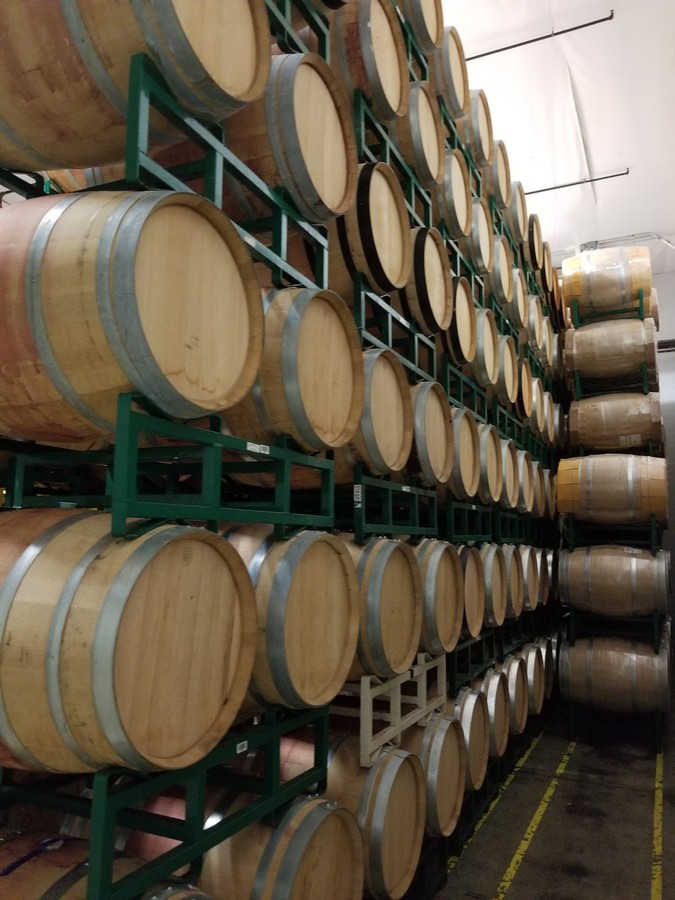
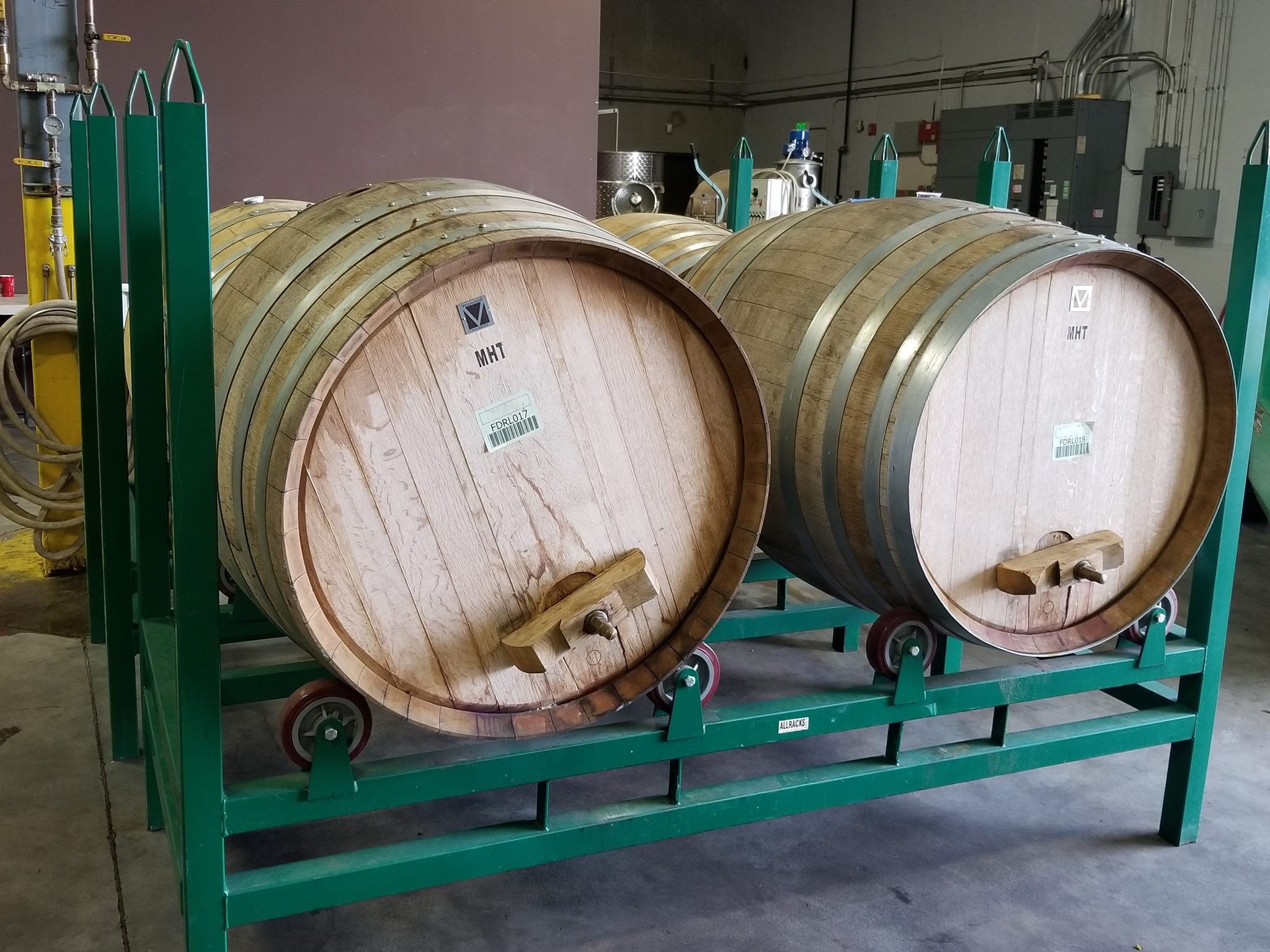
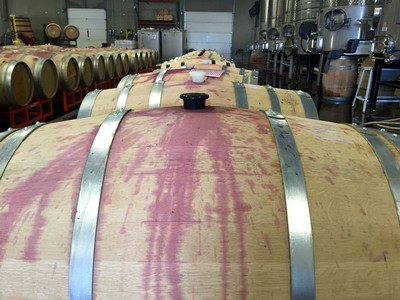
Staff Vineyard Tours - Part 2
My favorite thing about wine (besides drinking it) is that there’s always more to learn. Just ask to see the stack of note cards of anyone who’s studied for the Master Sommelier program – I’m sure they’d be more than happy to show you. It seems that every time I’m back in the winery or on Red Mountain I pick up more tidbits of information, and this most recent staff vineyard trip was no exception.
Some of the original vines at Kiona vineyards, the oldest on Red Mountain, were trained to look like a wild tree instead of neatly separating the cordons out to the side for easy management. As JJ explained to us, there was reliance on trial and error back then instead of how-to guides or the internet.
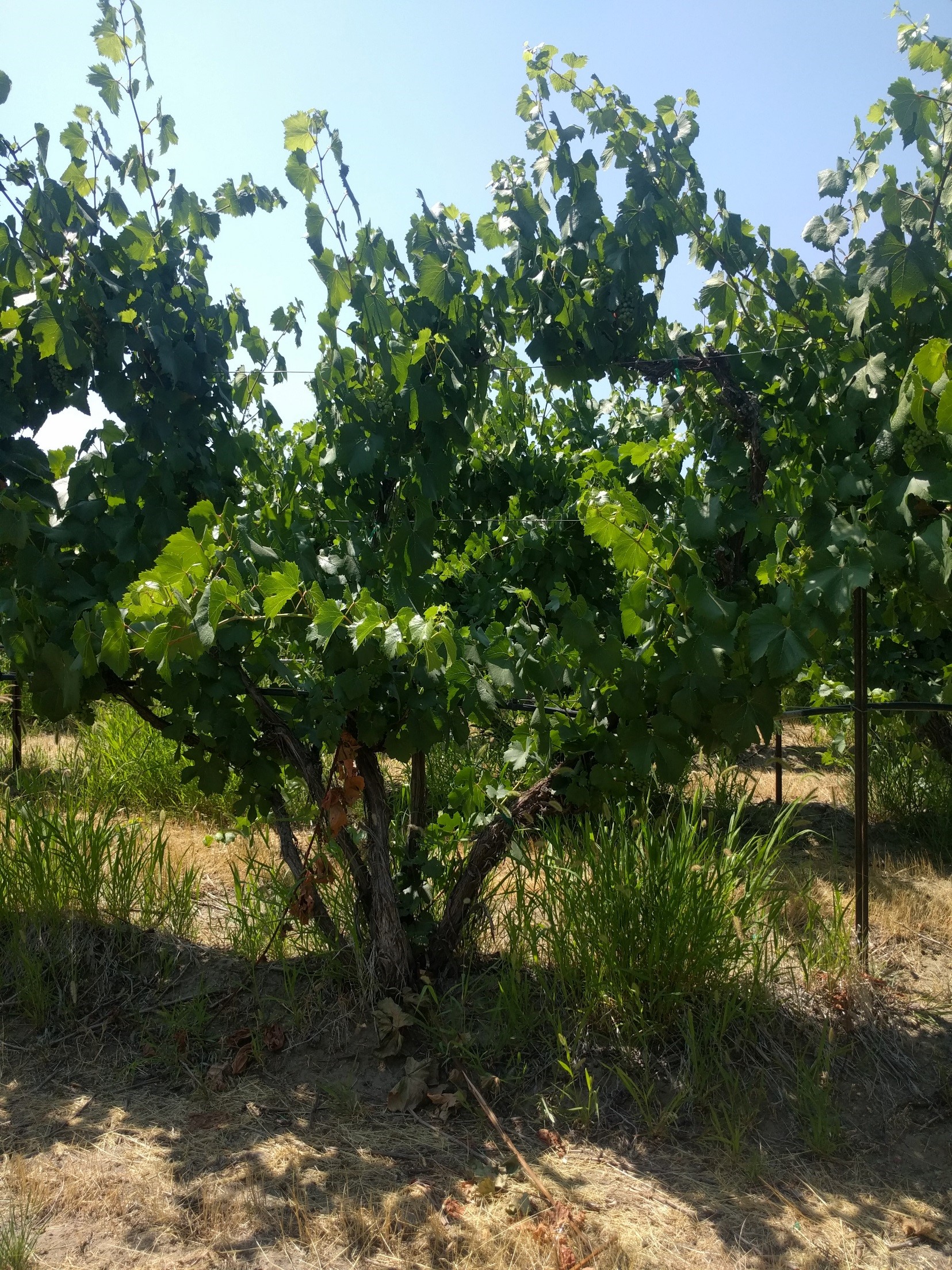
Kiona Merlot
Older vine wines gain complexity, in part, because of variance from the mean. When the vines are first planted in the ground the plants are essentially all identical. But as a block grows older, and the soil, irrigation, sunlight and heat exposure, etc… are all slightly different for each plant causing them to mature differently and bear unique fruit.
“Tannins are different than tannic” – I knew this concept but had never had it explained to me so eloquently. “Tannins” in the oak barrels that are used for fermenting and aging soften the wines and make them less “tannic.”
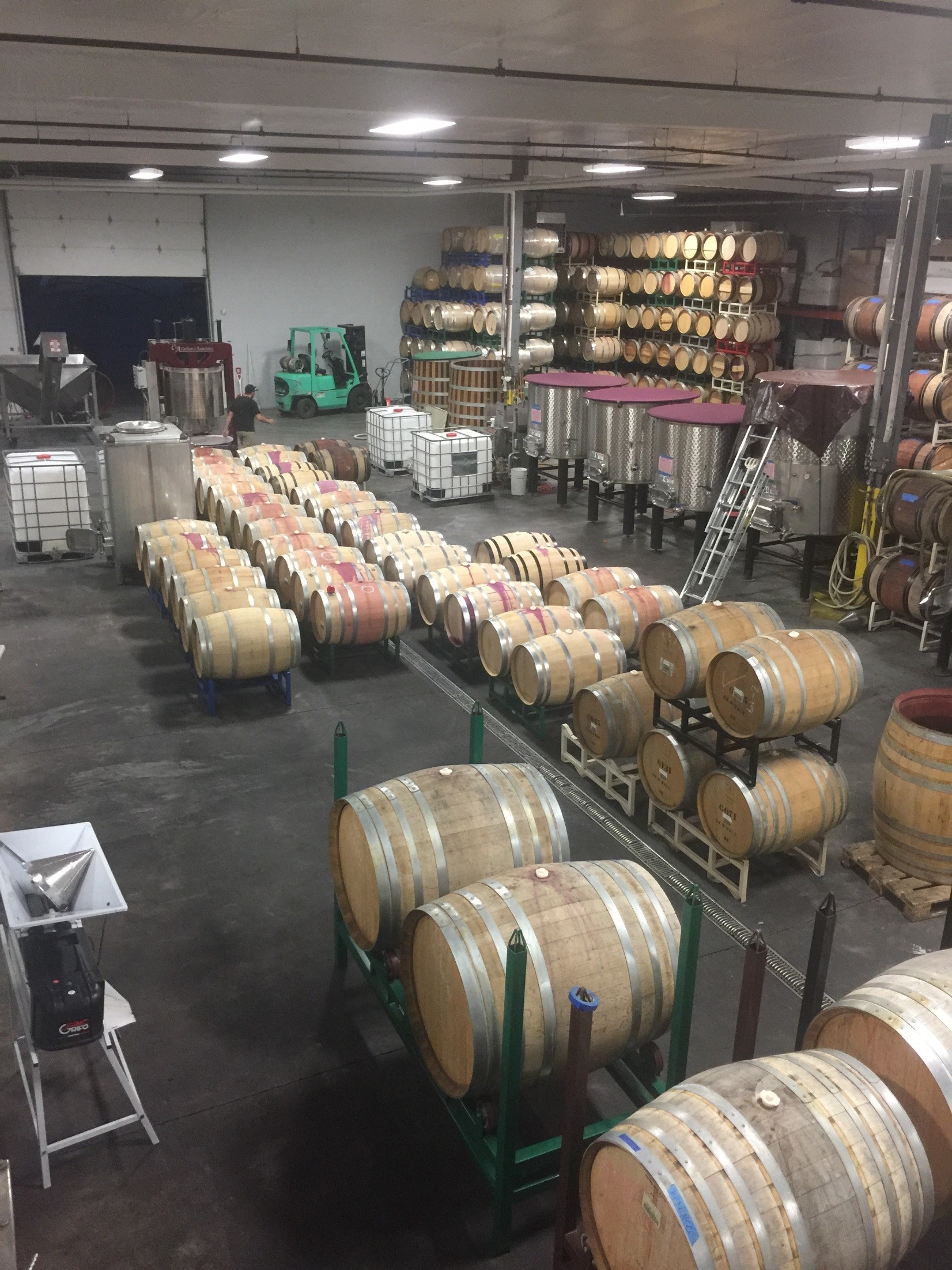
Barreling down at harvest 2016
I’ve always heard that Red Mountain receives the most sunlight of any growing region in the state, but personally hadn’t sought out the evidence. Thanks to the people at WSU Viticulture and Enology and their work on growing degree days of different Washington AVA’s I can now say this with confidence. Here’s a link for the full description – GDD units = (the average daily Fahrenheit temperature) – 50, all added up during the “growing season” April 1 to October 31 to get the cumulative measure.
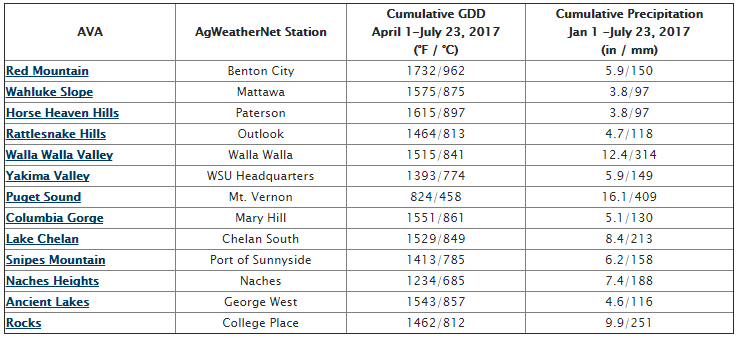
Single Vineyard Malbecs
With the release of our first ever Red Mountain single vineyard Malbec, 2014 Canyons Malbec, coming August 1st, and yesterday’s bottling of our 2015 Quintessence Malbec, I decided to call up the Wine Boss and talk all things Malbec.
As far as vineyard designate wines go, Cabernet Sauvignon, has been the staple for Fidelitas and Washington state as a whole. However, after creating a Red Mountain Malbec for the first time in 2013, Charlie started to notice that Malbec from our AVA was complex and distinct enough to stand out on its own, and like many other varietals stood out in a lineup as being from Red Mountain with its more bold and tannic nature. Fidelitas had traditionally done a Columbia Valley Malbec beginning in 2004, with a single vineyard Northridge Malbec in 2012.
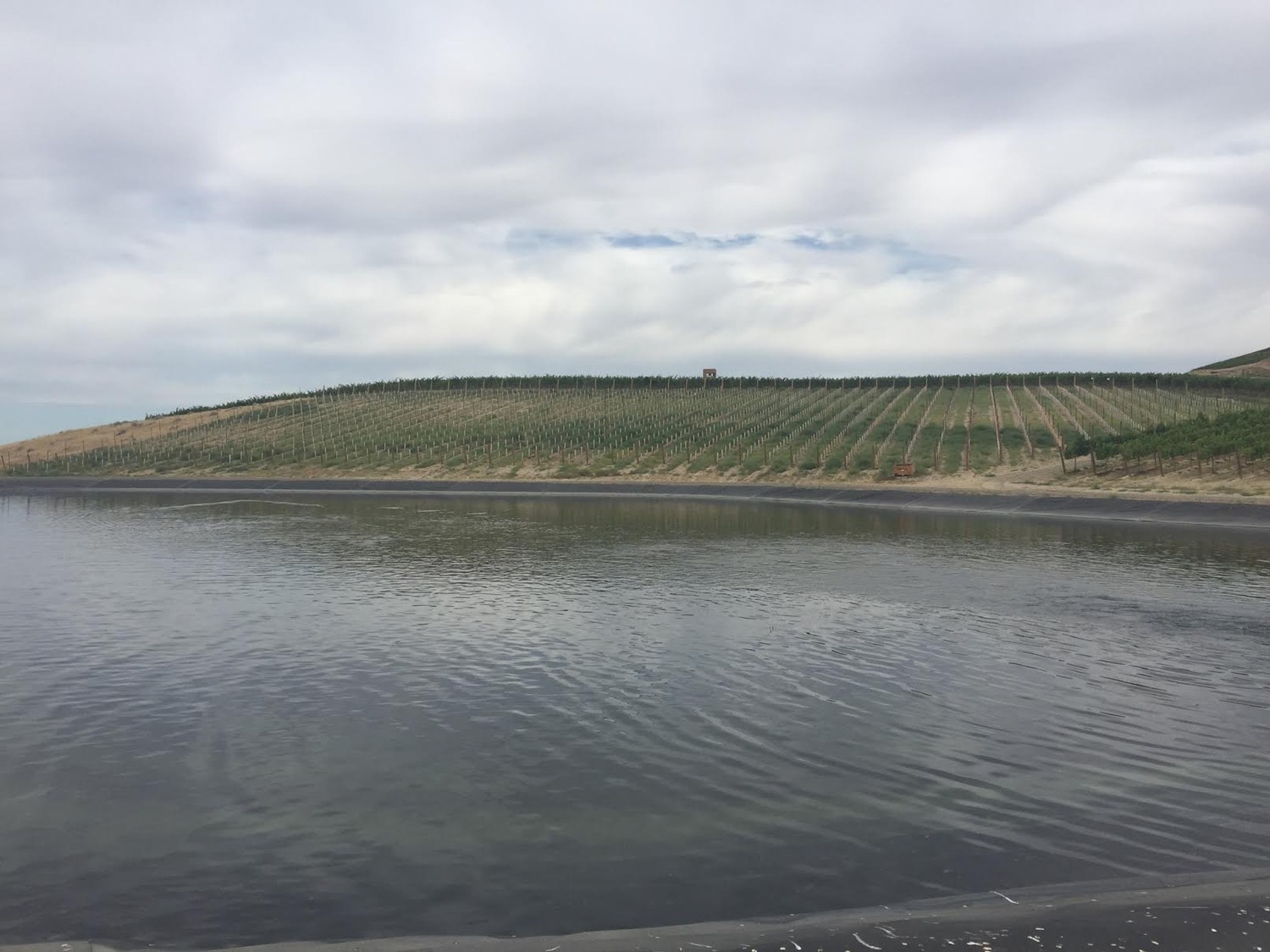
When asked to compare the two Malbecs against each other, he noted that 14 and 15 were both warm vintages so there isn’t much variation there. The Canyons vines are quite literally in a canyon – sitting on an extreme slope down into a pot creating its own mesoclimate. The wine created here is more of a traditional Washington and comparable to South American Malbec with the spiciness showing strong notes of white pepper. The Quintessence sits on more of a traditional gradual south-western facing slope, and is more similar to the 14 Red Mountain Malbec showing juicier and black fruit characteristics, however does have the traditional spice notes that you’d expect just subtler. The extremely dark color (mimicking our black-on-black, phantom, murdered out, matte black, etc… label) tends to be deceiving with how fruit-forward and approachable the wines are.
There’s the possibility of single vineyard Malbecs from Scooteney Flats and Kiona which we’ve worked with in the past, however our staple Malbec blend won’t be going away any time soon. We’re also pulling fruit from the estate Malbec vines for the first time this year so we’ll see how those shape up as well. One interesting things to note is how harsh winters can effect Malbec production more so than the other heartier varietals – meaning that production could vary year to year based off the winter freeze.
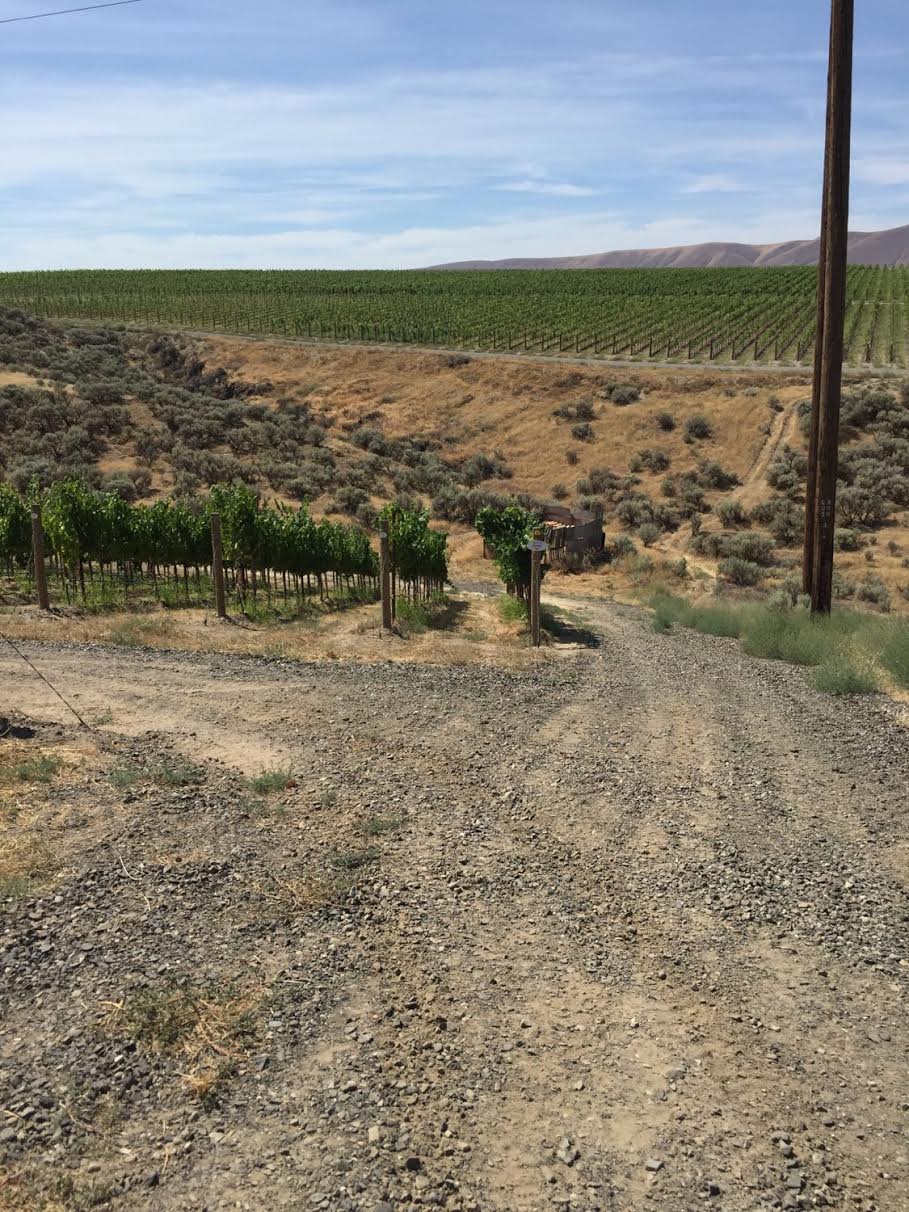
Pro-tip: bring a bottle of our 2014 Red Mountain Malbec to have with the “country natural beef short ribs w malbec glaze” at Bellevue’s Black Bottle gastrotavern.
Another pro-tip: doing the cooking yourself and stop by either of our tasting room locations to pick up some Red Mountain Malbec as part of our Pairings for the Grill discounted 6-pack.
Red Mountain: A Look Into The Future
Before we make predictions about how Red Mountain will look in the next 5, 10, or 15 years we must look at where we’ve been. More specifically the dramatic change that our AVA has undergone in the past 3 years. Since the completion of the 5-year-long Kennewick Irrigation Districts: “Red Mountain Project” which brought Yakima River water to the southwestern facing “scrublands” (as they were endearingly referred to in this 2015 Tri City Herald article, the total acreage planted has doubled to 2300-2400. Over half of the entire area. Taking a look at EveryVine.com, you’ll notice how dense Red Mountain planting (57.5%) is compared to other famous American regions’ % planted; Napa Valley = 2.9%, Oakville (Napa Sub-Appellation) = 24.2%, Saint Helena (Napa Sub-Appellation) = 5.4%, Yountville (Napa Sub-Appellation) = 12.1%, Sonoma Valley = 9%, and Walla Walla Valley = 0.9%, to name a few.

We know that Red Mountain produces extremely high-quality fruit from older vineyards that we’ve worked with like Kiona, Ciel du Cheval, and Blackwood Canyons planted back in the well-water days and think that the best is yet to come. We’re not alone. Charlie estimates that 5 more wineries will be built within the next 3 years. He’s not worried about the mountain losing its farmland charm as the entire area is zoned for agriculture -- It’ll be all vineyards and wineries for now. Plus the high-profile neighbors moving in, planting vineyards, and building wineries will make Red Mountain even more of a Washington Wine lover’s dream destination.
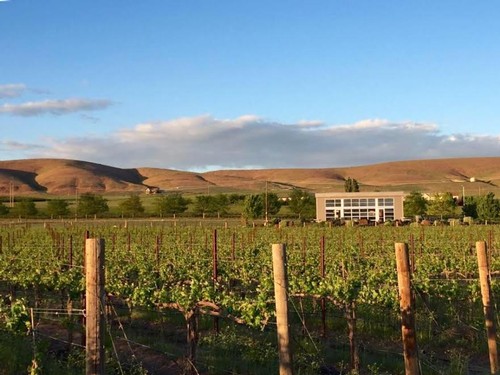
Although Charlie was first introduced to Red Mountain in 1989 and we’ve called it home for 10 years now, there’s still so much to be done. We’ve been highly impressed by the quality of our estate fruit for such a young vineyard (first planted in 2008). Charlie envisions future bottlings of Merlot, Petit Verdot, an Estate Red Blend, and was specifically excited about offering the wine club Individual Clonal Cabernet releases. As it stands now we have 6 different clones of Cabernet planted. The latest release of the Blackwood Cabernet was also a good sign to see that type of old-vine quality coming from a vineyard so close in proximity to ours.
The Estate isn’t the only young vineyard that we’re excited about. With the quality that we’ve gotten from younger places like Quintessence (established in 2010) and Canyons (established in 2009), Charlie believes that in 10 years’ time Red Mountain will be the best place to make Cabernet in the world. I jokingly told him that I’d quote him on that – I quickly realized he wasn’t joking. At a recent birthday dinner paired with some Santa Maria Tri Tip and grilled oysters we had our 2012 Estate Cab and some 2009 Napa Cab from Martha’s Vineyard, both incredible, but we wouldn’t say that one was of superior quality (although at our un-blind, and biased tasting we preferred Estate).
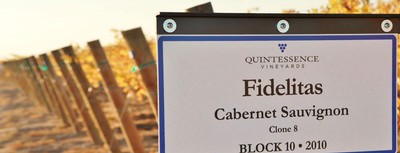
In the winery, Charlie and his team are also staying true to modern craft winemaking techniques by playing around with new and innovative ways to ferment reds in direct contact with wood. He estimates that 50% of the wines this year will be fermented using some sort of wood method while 100% of the Estate wines will receive the oak treatment. Depending on the fermentation method used the wines are barreled separately them to a) get a better sense on how the fermentation methods are affecting the wines, and b) giving them more to play with come blending time. From my understanding, the roller fermenters offer a more intimate cap contact with the juice since it’s fully enclosed and there’s nowhere for the cap to go – wood in general also provides better insulation that stainless steel. Charlie also admits that he doesn’t fully understand the interchange of the phenolics in the wood and grapes during this process (as opposed to traditional stainless-steel fermentation), however says that in general it gives the juice a more viscous mouth-feel, and that the investment in oak fermenters have been well worth the investment thus far across the board.
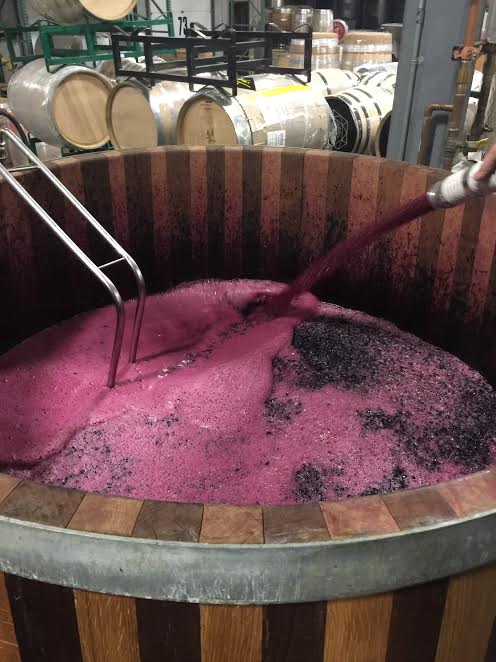
I for one am proud to be all-in on Red Mountain, and look forward to what the years ahead bring for Fidelitas and our AVA that we call home.